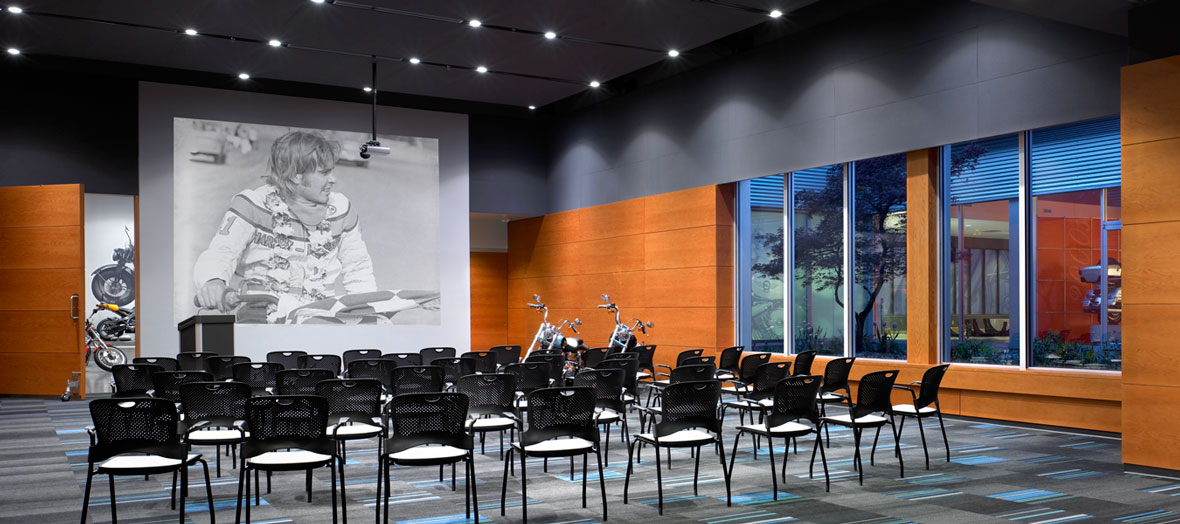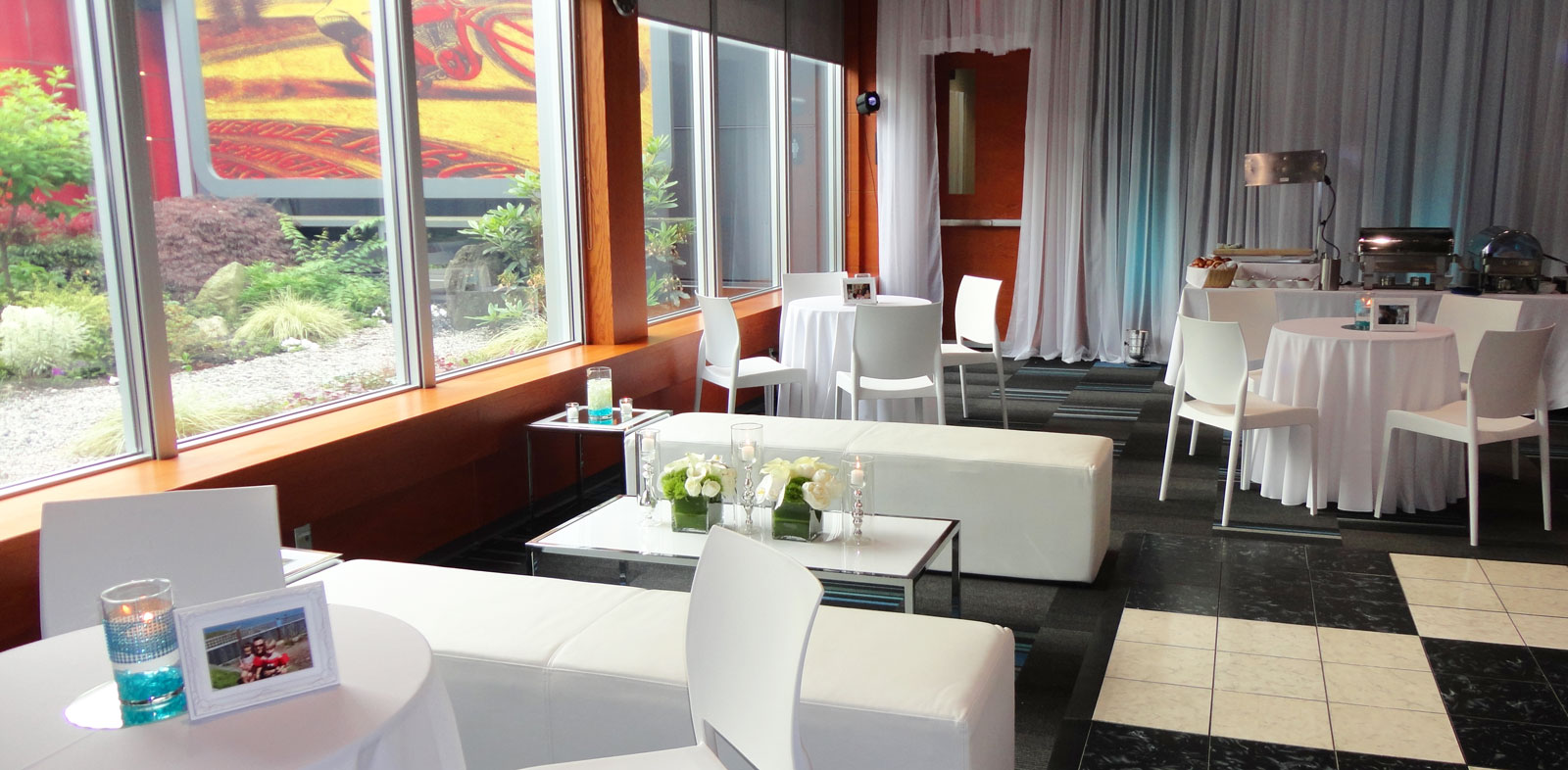We’ve all experienced needing to speak to a coworker, superior, or subordinate about an issue but struggling to phrase it. Maybe you had a conflict that couldn’t be adequately addressed within the confines of day-to-day business conversations; maybe you needed to ask for help, but didn’t know where to start. These things will happen in any business environment, and left unchecked they can ultimately hamper your efficiency and teamwork.
This is why companies hold leadership retreats. Called by any name – retreats, meetings, talks, or offsite days – the fact remains that these events represent an escape from the tension of regular closed-door sessions in meeting rooms.
We’ve created a high-level guide to get you started on the road to planning, and hosting, your first (or next) successful leadership retreat.
Purpose
Take time once a year or once a quarter to step outside of the office and meet at a separate space. This allows people to leave behind their at-work thoughts and behaviours. It facilitates the formation of a safe space to brainstorm, talk about, and confer meaningful experiences, to resolve conflicts, ask for help, and to get back to business.
Before you start the process of planning a retreat, give real thought to the primary purpose you’re trying to fulfill. Make your objectives achievable, and partner with a venue that can help you to run the retreat effectively. Universities and colleges will have professors, consultants, or sessional lecturers experienced in mediating conflicts. These resources bring an extra measure of perceived transparency and stability to the retreat so that all attendees know it’s a safe space to speak honestly.
Keep in mind that there’s no set length that a retreat should be, but many organizations find it’s useful to book a venue for as many as two to three days. For this reason, retreats should be local and easy to get to. Not all attendees will find it useful or necessary to attend the full duration, so plan accordingly.
Location
Retreats are named as such because they are literally an escape from the geography and entrenched attitudes of the work space. Whether that’s everyone’s home offices (for companies with remote staff) or the brick and mortar of the headquarters, it’s important to get people out of their work mindsets. The easiest way to do that is to put them in a new environment.
Your staff are human and retreats can be an intense confluence of brainstorming, growth, and strategizing, so it’s necessary to consider connectivity and breaks. Plan to give your staff time to take breaks so they can catch up on social media, share insights online, and deal with timely or critical issues that arise while they’re out of office.
Conflict between staff members can come down to incompatibilities between work demeanours, and not actual issues between the individuals. Communal dining and dinner talk is a great social equalizer, so having a location that has access to catering services is an absolute necessity.
Tone & Objectives
The tone of the retreat should be fun and optimistic, even if your objectives require some emotional and intellectual heavy-lifting.
Start off the retreat with a brief welcome and follow it immediately with an ice-breaker activity that gets people physically moving. Something fast and fun that requires people to work together, like passing a ball through a circuit of every person in the room and then asking them to find a creative arrangement that allows them to beat their previous time. (Just Google “ice-breaker activities” and you’ll get over a million suggestions.)
If you have any video or presentations to show, make sure you book the facility for a technical run-through to make sure you’re familiar with the systems and to reduce the chance you’ll encounter any problems when you’re presenting.
Divide your retreat into morning and afternoon sessions specific to each objective you want to achieve. Don’t make the objectives bigger than can be solved in a single day if this is your first retreat. A partner organization can help you to structure your sessions so they flow well, have a moderated feedback process, and respond to everyone’s concerns.
Agenda & Planning
The easiest way to ensure your meeting goes smoothly is to plan ahead. Book the venue at least four months in advance, so that there’s enough time to schedule around blackout dates and vacations of senior personnel. Notify everyone of the anticipated date as soon as you can – preferably when you’ve booked the venue.
Release a high-level agenda to the attendees before the event so they can prepare questions and delegate work. Ideally they have the agenda at least a week in advance, but no later than three days before the event. The agenda should be clear, concise, and leave little room for misinterpretation. Don’t make your agenda too long or overly specific; you don’t want your staff coming burdened with preconceptions. There are great sample agendas available online, like this one and this one.
We hope you found this guide on planning your leadership meetings helpful. Deeley Exhibition is conveniently located on the Vancouver and Burnaby border, with a nearby SkyTrain and bus stops, and is a wheelchair-accessible unique venue available for rent. Take a virtual tour of our facilities, or contact us today to get a quote.


